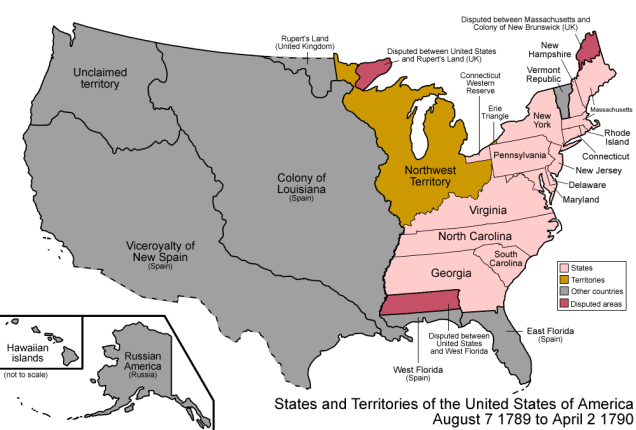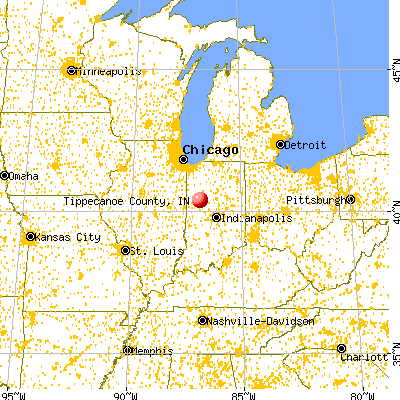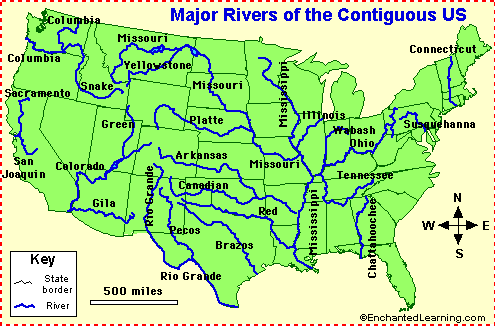P02_The Young Nation’s Growing Pains
The activity will cover a period of time from 1789 to 1850 (with a few exceptions that may reach beyond). The period marks the initial phase of the American experiment in governance. The challenges, debates, conflicts, etc. that bookmark portions of the period act to redirect the nation’s developmental course.
This era in our nation’s history is labeled ‘The Young Nation’ in our United States History Research Primer. The nation of today is a product of the trials and tribulations of the nation that George Washington introduced to the world in 1789.
This period is marked by an endless series of ‘firsts’. It’s as if minor legal issues, immigrant rights, and Native American relations impact the nation’s development disproportionate to the scale of the event. Since they are ‘firsts’, they carry the gravitas of precedent for a nation that still has more than a century and a half to reach our present time. If we wish to explore the origins of core tenets in United States democratic philosophy, we have to venture into this period of time.
Guidance:
Phase I
1. Please open the P02_The Young Nation’s Growing Pains mindmap prepared for you by Mr.V.
2. The mindmap contains six branches labeled for the topic areas being explored. The list of topic area appears below.
01 Developing Divisions
02 Finance and Economy
03 Military Conflict
04 Technology, Innovation, Exploration
05 The National Government Evolves
06 Africans, Native Americans, Immigrants
3. Open the branch that is assigned to your group. You’ll see that questions, meant to surgically dissect the issue, have been incorporated. The events, places, or circumstances that your group will explore will pave our path to understanding the nation’s milestones as it matures. In essence, each branch of the mindmap is an example of the ‘growing pains’ the United States experiences. Each crisis shapes the nation into what we see today. But, it’ll take more than a century of crisis to do it.
4. Organize your groups.
A. Assign tasks to group members.
B. Choose how your group will collect, organize, and keep track of data collection by group members. If you decide to use a mindmap, you must share the map with Mr.V as before. If you decide to use a different application to keep your group’s research task organized, it must have ‘Can-Edit’ sharing capabilities with Mr.V.
C. Begin collecting sources that may be of use in responding to the questions. The sources, as before, are to come from the US History Research Primer and any additional source you verify with Mr.V.
5. Phase II of the project will introduce the product of our findings: An Audio/ Visual Presentation. When the initial research phase (Phase I) ends, consider the following as you prepare the presentation:
A. Use the focus statements provided in the P02 Mindmap to analyze the data gathered. These focus statements will be of particular importance in addressing the questions that Mr.V will ask at the end of each presentation.
B. Consider the construction of your presentation. Be sure to…
-Control the balance between ‘text’ and imagery.
-Consider the audience: How close will they be to your presentation (projection)? How long will the slide be visible for them to look at?
-Time limit for the presentation (10 – 15 minutes)
C. Choose a group member to act as the speaker during the presentation with a ‘tech’ assistant to advance the slides in the presentation. The person you choose to speak MUST NOT HAVE PREVIOUSLY SPOKEN for your group.
The Results of P02_The Young Nation’s Growing Pains
I have made the P02 presentations created by the students of Mr.V’s US History course available for review by everyone. To see the presentations of Period 9 students, click on the link ‘Pd 09’. For Period 10 students, click ‘Pd 10’.
A compilation of questions that Mr.V asked each presenter appears below the associated topic heading.
01 Developing Divisions (Pd 09, Pd 10)
Q. Why were compromises made during the Constitutional Convention necessary if the Articles of Confederation and Perpetual Union didn’t require them?
Q. Why is the Bill of Rights critically important for the ratification of the US Constitution?
Q. How did the ‘slavery’ debate, which predated the US Constitution, become adapted to fit the Federalist v. Anti-Federalist debate?
02 Finance and Economy (Pd 09, Pd 10)
Q. Why is the nation’s growth making it difficult to to form a ‘national’ economy?
Q. Why is the the First Bank of the United States a solution and a problem for the young federal government?
Q. To what extent is the ‘America Plan’ a recognition of the nation’s “sectionalism”? How did the War of 1812 make these regional differences a ‘national’ issue?
03 Military Conflict (Pd 09, Pd 10)
Q. How is the 1811 Battle of Tippecanoe a portent for future Westward expansion by the United States?
Q. What evidence exists that Shay’s Rebellion (1786-1787) and the Whiskey Rebellion (1791-1794) were ‘symptoms’ of other issues the central government is grappling with?
Q. Aside from quelling the uprising, what was at stake for the young nation in addressing Shay’s and The Whiskey Rebellions?
Q. How did President George Washington’s warning, during his farewell speech, prove true in the developments leading to the War of 1812?
04 Technology, Innovation, Exploration (Pd 09, Pd 10)
Q. To what extent was the Cotton Gin a catalyst for Westward expansion?
Q. With respect to the Federal System (Federalism), what role did the 1792 Militia Act play in making the nation ‘One’?
Q. How does Eli Whitney’s technological and innovative qualities/ skills entangle him in Westward expansion, expansion of slavery, and the 1792 Militia Act?
05 The National Government Evolves (Pd 09, Pd 10)
Q. How does the inscription (below) reflect Chief Justice Marshall’s view of the judiciary’s powers?
“It is Emphatically the Province and Duty of the Judicial Department to say what the Law is.” – Marbury v. Madison, 1803.
Q. In the Alien and Sedition Acts of 1798, what were the criteria for identifying who is ‘alien’ and who is ‘citizen’?
Q. How did the Nullification Crisis (1832 – 1837) challenged Federalism and test the authority of the President of the United States?
06 Africans, Native Americans, Immigrants (Pd 09, Pd 10)
Q. The 3/5 Compromise was ostensibly a way to include African slaves in the population numbers of a State. Thus, increasing representation within the House of Representatives for slaveholding States. However, what did the article within the US Constitution state (directly or indirectly) about the status of Native peoples?
Q. The Amistad slave ship and its human cargo was a problem for the young nation. The appearance of the ship and the subsequent Supreme Court case (1839-1841) challenged the nation’s founding principles and the law forbidding international slave trade (1808). How did a slaveholding society (millions of slaves were in bondage in the US at the time) justify freeing the Africans on the ship and still keep millions enslaved?
Q. Is the Carlisle School eradicating Native cultures or Americanizing Native peoples?
Q. How did the plight of Wong Kim Ark, and the subsequent Supreme Court case (1873-1898), help refine who is a citizen?



